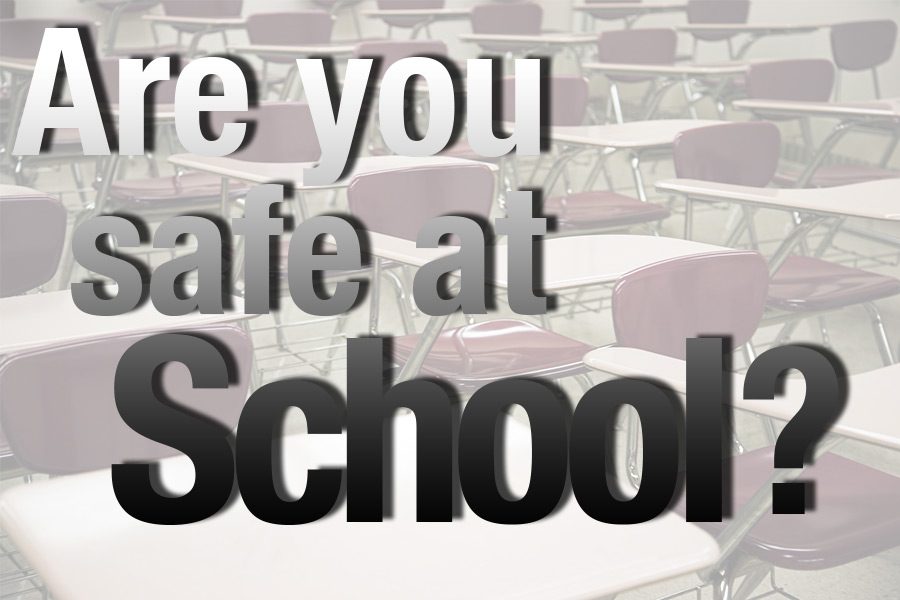Are we safe at school?
Sophomore discusses the benefits of preparing students and teachers for an active shooter
March 11, 2016
Columbine. Sandy Hook. Virginia Tech. The list goes on. In the first month of 2016, there have already been four shootings at schools in America. When shots ring out on campuses across the country, here at home we are shaken to say the least. Do you feel safe at school?
When the fire alarm begins to blare in every hallway and classroom, we all know what to do. Stay quiet, leave all your belongings in the room, form a line and head outside to your designated area away from the buildings. These procedures have been ingrained in us since the ripe young age of three years old.
TISD requires all drills to address preparedness, response and recovery. This standard reflects the implementation of the ALICE protocol in 2014.
Ordinarily, a shelter in place drill requires that all classes stop. This drill requires the silence of students, a locked door with black paper covering the window and for all students to hide in a corner of the room that cannot be seen from the door.
As a result of the increase in the number of school shootings since the late 1990s, more schools are trying new tactics to save lives.
The ALICE Training Institute in Ohio was founded by Greg Crane, a former SWAT police officer. He believes in educating people so that when sheltering in place and escaping are no longer options, they will be prepared to counter the threat.
Alert, Lockdown, Inform, Counter, Evacuate (ALICE). This program focuses on creating enough commotion and distractions that the shooter cannot focus on any one target. Additionally, the challenge of getting the general public out of the instinct to freeze when threatened is presented because ‘playing dead’ only works for opossums.
In addition to the installation of programs and initiatives, like ALICE, I think TISD and other schools should tell students about the dangers of weapons.
We take time out of schools days to talk about preparing for college and what to do with our future, but what about the world beyond campuses and the workplace? You can never learn to be completely prepared to face an active shooter, but talking to people who have helps a lot more than clicking through an abstract powerpoint about drills that may not be implemented everywhere. Back in middle school and elementary school we were herded into the gym every now and then to listen to someone speak about bullying or how they achieved success, but not what to do when someone points a gun in your face.
Rosebuds is a great example of a program that exposes young adults, particularly young women, to experiences they might encounter in real life. For example, not too long ago they attended a self defence seminar and learned how to de-arm a gunman.
Providing this experience for the student body could be logistically challenging, but in the end we would all benefit.
Although some school districts may be wary of this program because allowing students and teachers to act independently could make the school liable for the outcome, studies have shown that current school regulated responses are not as effective as deciding class by class on whether or not classes should try to evacuate the building or barricade themselves in their classrooms could be.
I believe that TISD is prepared if an active shooter intrudes on campus because the administration and staff are allowed to analyze and respond based on their situation. Try to remember ‘run, hide, fight’ when shelter in place is not an option.















